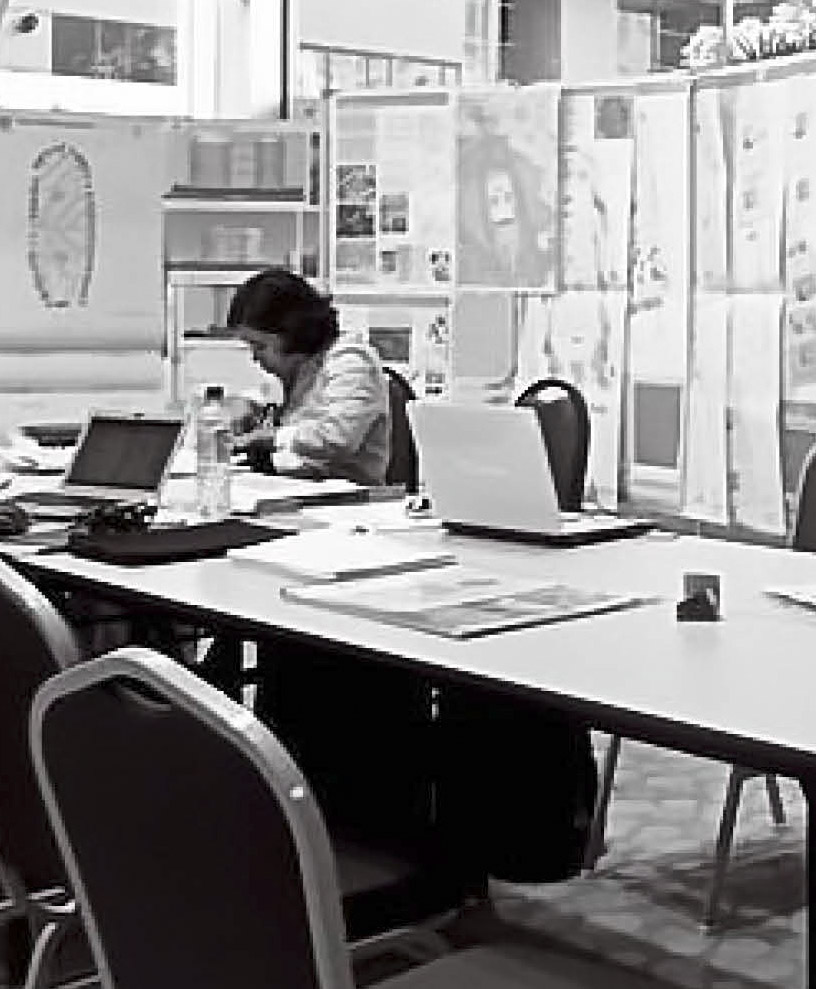In conjunction with KL Design Month on October 2016, DBKL in collaboration with UTM & PAM had organised the second series of an annual architecture exhibition at Kuala Lumpur’s city hall. Due to the succeed of the previous first program, the aim of this participatory activities was still letting researchers, stakeholders & general publics in the design making process.
Ampang road in Kuala Lumpur is a well-known street to the tourists from all over the world coming to visit Malaysia. This is evident as Ampang Road is home to Malaysia’s national icon, the tallest building in the world, i.e. Petronas Twin Tower. Inevitably the road is dear to all fellow Malaysians from all walks of life. As such, the street is famous primarily for its commercial, corporate as well as ambassadorial activities – all of which portrays the vital image of Kuala Lumpur as the capital city of Malaysia. Ampang Road, therefore, positions itself and it is suited to be recognised as the ‘Great Street’ in the Greater Kuala Lumpur.
The above raises several questions vital to the integrated use between the public and private entities on Ampang Road. Have the conventional sustainable measures taken fulfilled the social, environmental and economic aspects of the development of the street within the surrounding context? Would Ampang Road be eligible to be called as a Great Street able to cater for people from all walks of life – the general public, in particular, the youngsters and less fortunate? How sensitive would this fast growing development of the street be to the presence of these ‘other’ society – those in a way have been socially excluded’? Social exclusion in society has much been debated. From the aspect of streets uses for people, some argue that the true public entity of streets (in integrating its use between the public and private) often been neglected, and given lesser attention in public dialogue than economic and environmental sustainability.






